Running shoes – how many miles can you get out of a pair?
Running shoes: how many miles can you get out of a pair? Read our practical guide before you shell out on new sneakers.
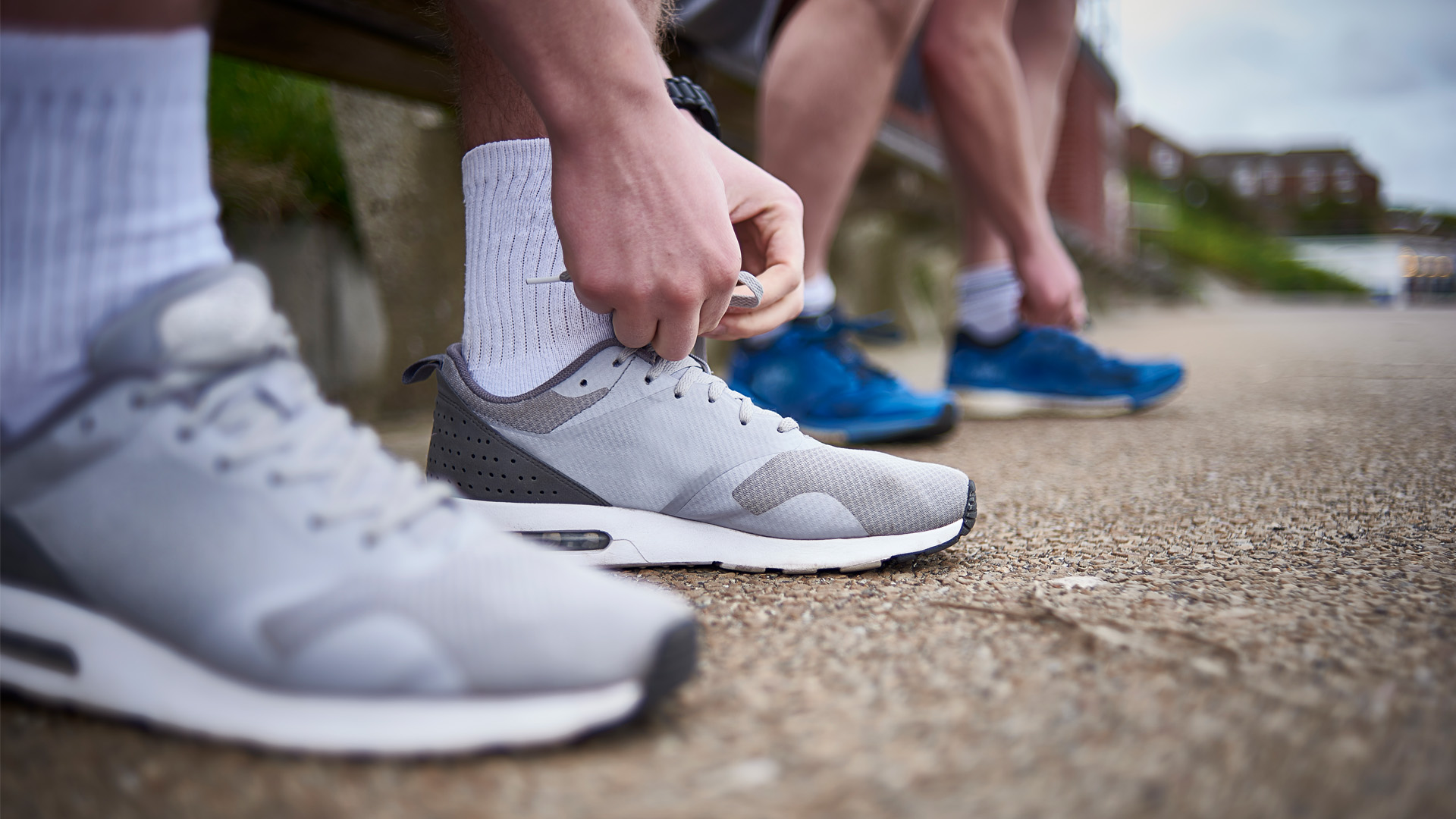
Running shoes – how many miles can you get out of a new pair? Saying goodbye to your favorite sneakers is never easy, but the sad truth is they won’t last forever.
“Generally, most brands and running experts suggest a range of 300-500 miles worth of running for one pair of shoes,” says Lewis Moses, a former British 1500m champion turned running coach with New Levels Coaching.
A shoe's exact lifespan will depend on several things, including the type of running you do, the terrain you cover and how well you look after them. The brand of your shoe can make a difference too, along with how well you treat them. But there are some general rules to follow when it comes to replacing old shoes – here's what you need to know.
- Related: Best sports bras for running
How many miles should you run in a pair of shoes?
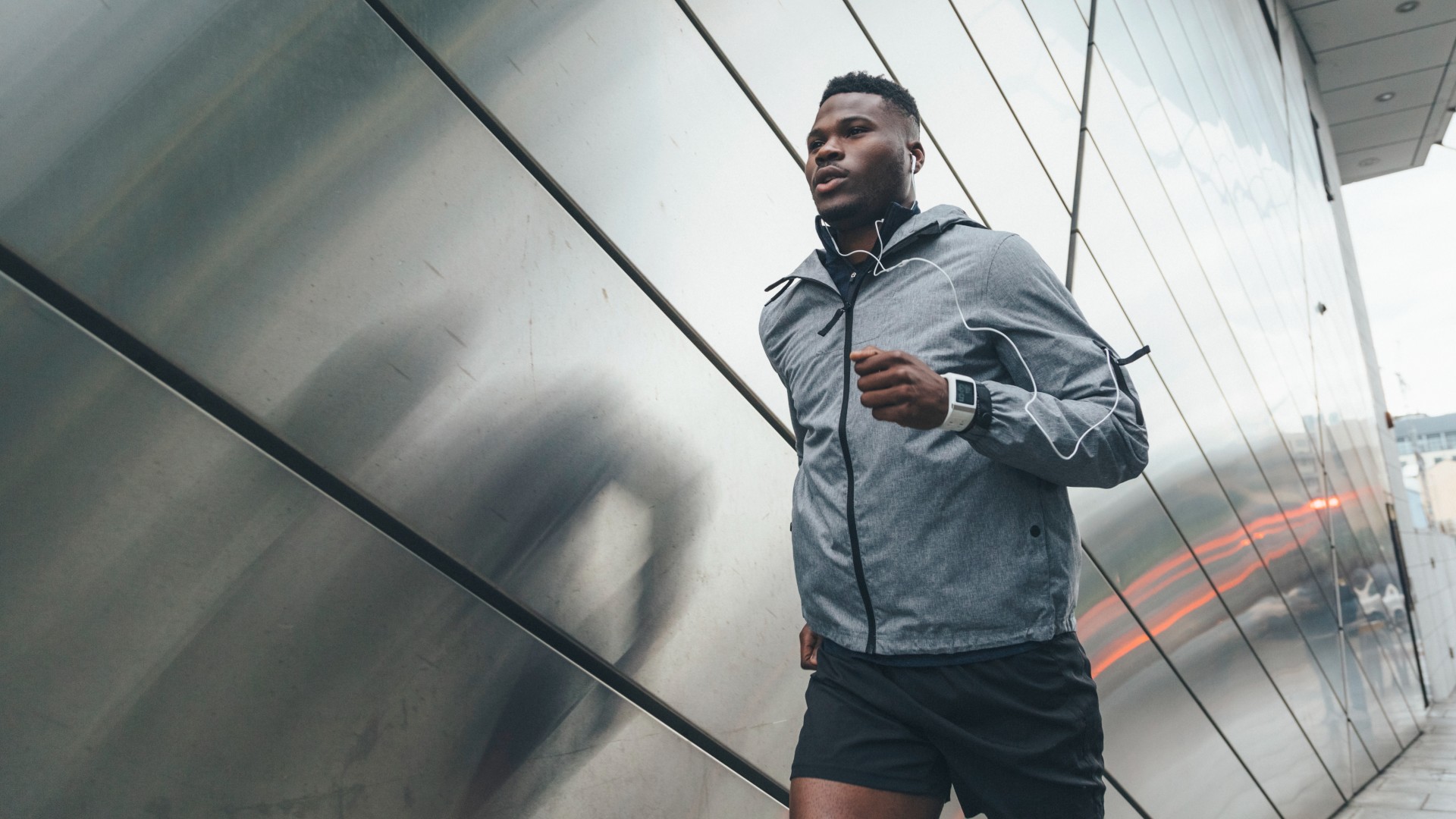
The longevity of your shoe can be influenced by all kinds of factors but you can expect to get over 500 miles out of a good quality pair. A 2011 Footwear Science study actually found that high quality running shoes still maintain good functional stability and cushioning after 1000km (600m) of use.
Moses suggests adopting a risk vs reward mentality, when you're thinking about replacing old shoes. “If you’re trying to squeeze every last mile out of those old running shoes in order to save a bit of money, it may be worth considering the potential injury risk that comes with that.
“Research published in the British Journal of Sports Medicine suggests that ‘bad running shoes’ could affect movement patterns which in turn could lead to injuries, whereas ‘good or new’ running shoes are more likely to help the skeleton move on the correct path.
“This, in turn, could minimize the risk of injury. In very simple terms, if we’re moving better, we’re less likely to become injured and newer trainers can certainly help with this.”
- Related: How to run properly
How do you know if you need to change shoes?
There are some tell-tale signs when you need to change your runners. Moses advises that if the shoe is wearing thin and feels uncomfortable, then it's time to get yourself a new pair:
“Looking at your trainers, especially the bottom and the tread, will tell you a lot about the shoe. If it’s starting to look worn, then you probably don’t have many miles left in them, so once you get to around the 300-mile mark I would personally start checking the soles of my shoes on a regular basis.”
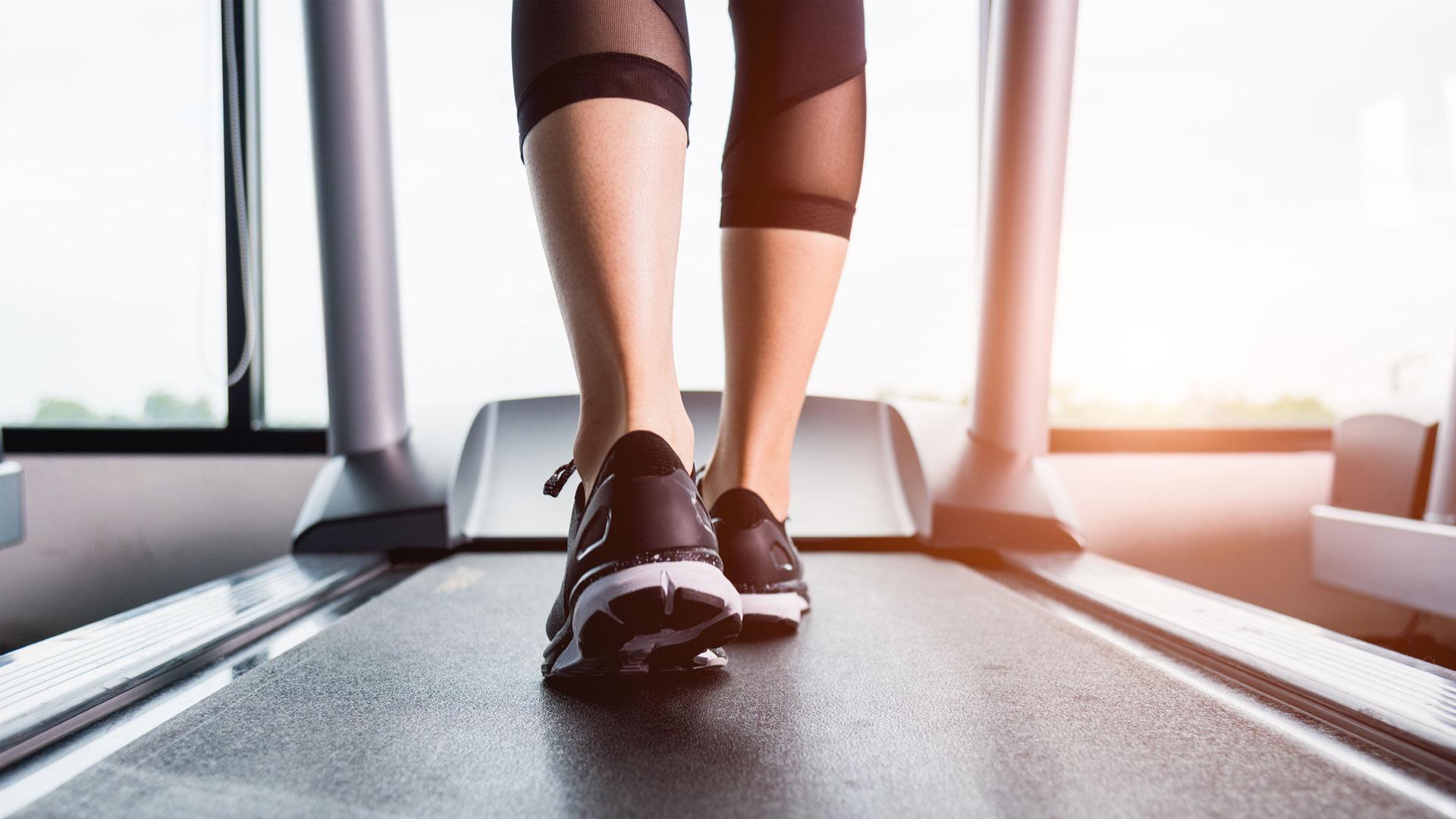
Can you elongate the life of running shoes?
Looking after your running shoes can help them last a little longer, but sadly when they are coming to the end of their life there’s not a lot you can do.
“Don’t leave them wet and muddy,” says Moses. “Try to clean them and dry them after particularly muddy and wet runs, as there is nothing worse than putting on a ‘crusty’ or soaking wet pair of running shoes.”
You might also want to consider buying a range of shoes to suit different running sessions.
“Having multiple pairs of shoes to suit the training, as well as the terrain, is not only helpful in terms of performance but can increase the life of your running shoes as you aren’t constantly wearing out the same ones," says Moses.
Grab some off-road shoes for your trail-running sessions, and stick to cushioned sneakers for your more general runs. You could also invest in something that feels 'faster' and more reactive for your interval or speed sessions.
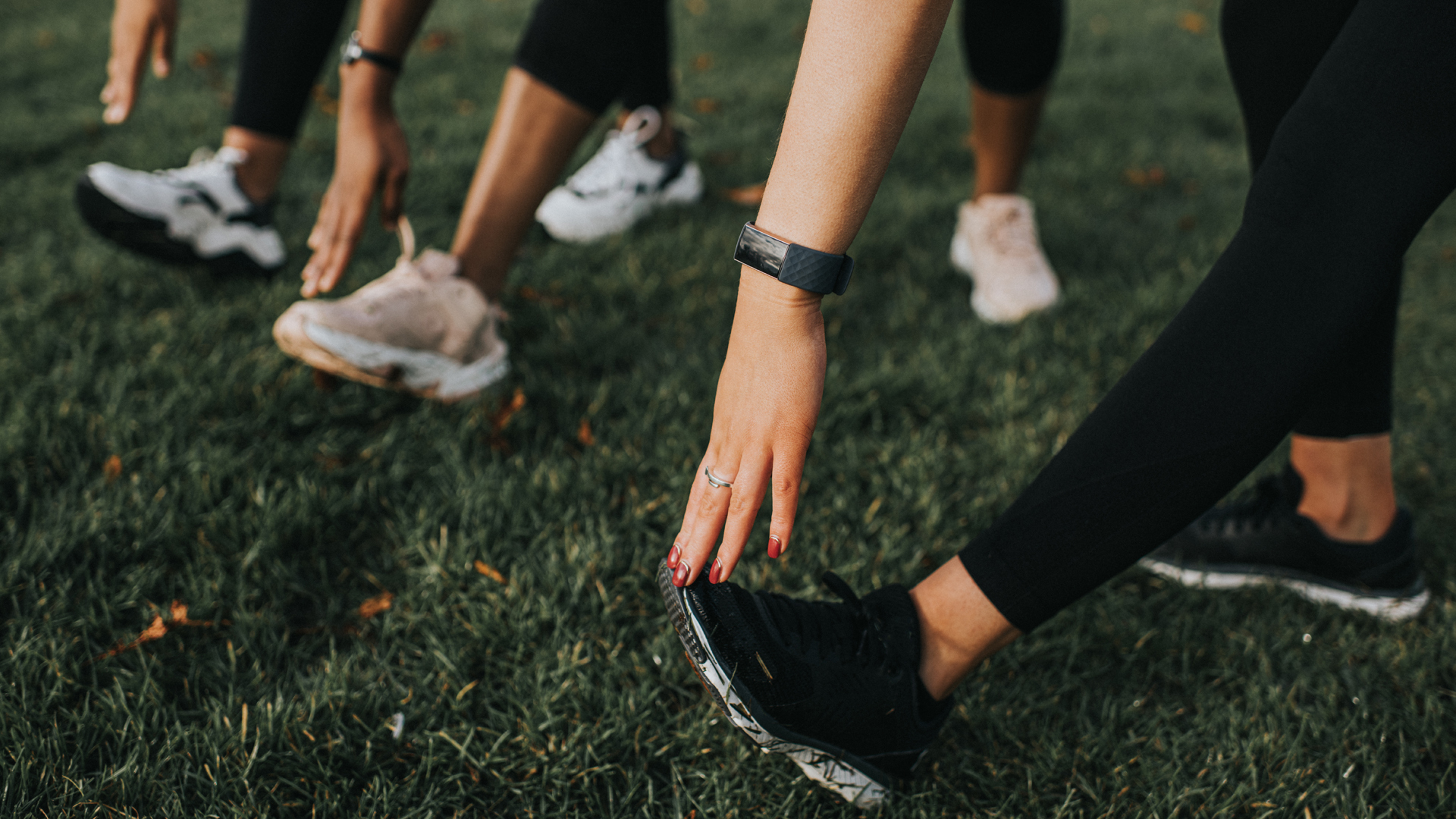
What are the most durable types of running shoes?
The durability of running shoes will depend on the type of runner you are, and also your biomechanics (the way you move).
“If someone is landing heavily on one side of the foot, that side of the shoe is going to wear a lot quicker than someone who treads more evenly,” explains Moses. “Therefore, you should always consider how you run when picking your shoes and this can often be done with gait analysis .”
That said, there are certain types of shoes that are simply designed to last longer for runners.
“Mileage shoes or more cushioned shoes tend to be more durable than your standard racing flat or ‘carbon shoes’, which have a stiff plate that’s part of the shoe," says Moses.
“It really does come down to personal preference when picking a durable shoe, but from my own experience of working with hundreds of runners of all abilities I would recommend the following:
- Brooks Ghost 13 or 14 (neutral running shoe)
- Brooks Adrenaline GT 21 or 22 (support or structured shoe)
- Nike Air Zoom Pegasus 37 (neutral running shoe)
- Adidas Boston 9 (neutral racing shoe)
- Hoka Speedgoat (trail running shoe)
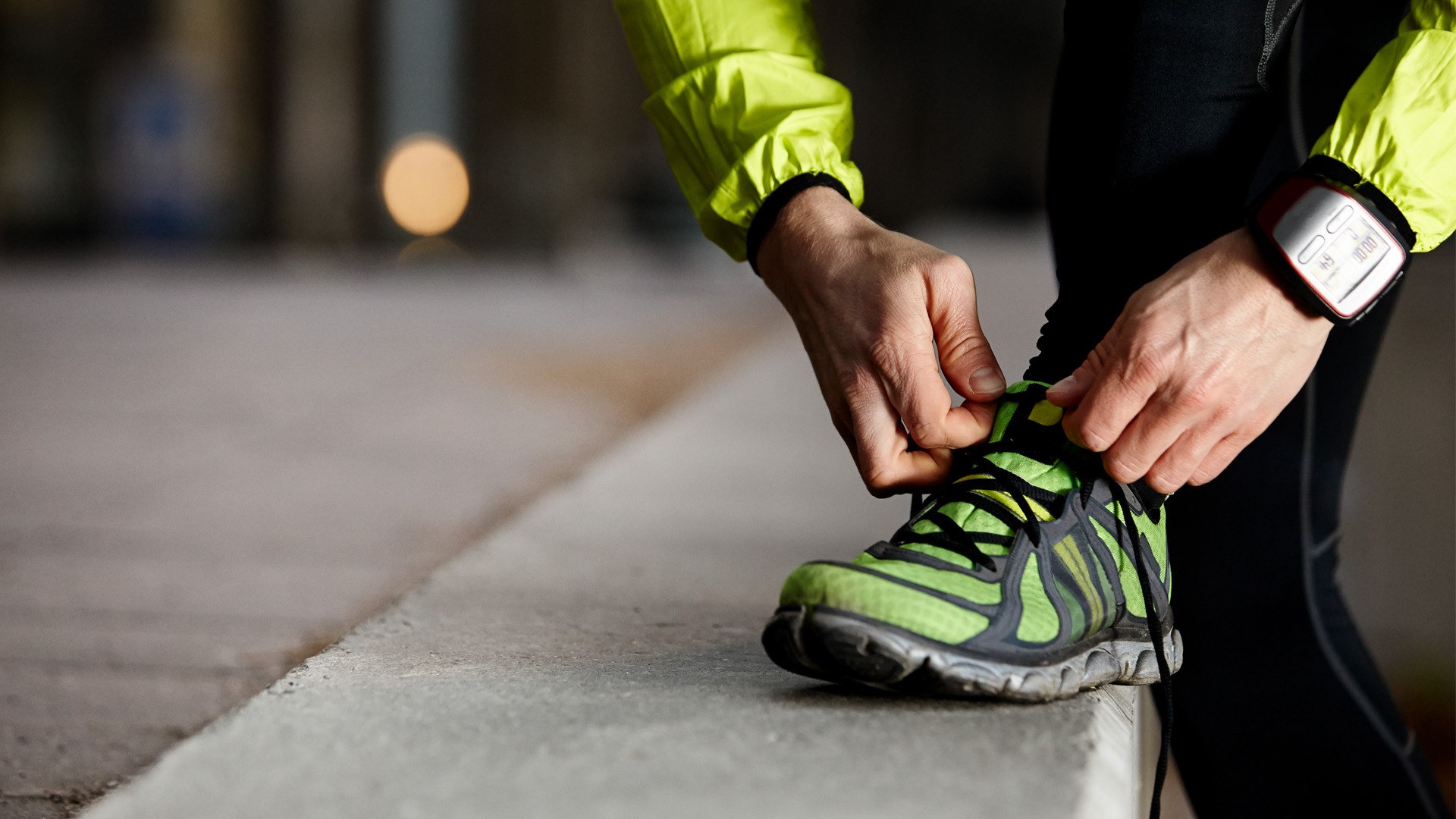
What should you look for when buying a running shoe?
Comfort always comes first when picking out new shoes. Research published in the peer-reviewed journal Medicine & Science in Sports & Exercise suggests that opting for comfortable shoes could actually reduce the risk of injury for runners.
Moses also advises that you stick with trusted brands when buying a new shoe – and that you adhere to the following rules:
1. Read reviews online.
“Reviews from like minded people who are doing the same thing as you (running lots of miles) can be really helpful. In short, stay away from shoes with lots of bad reviews and if a shoe has lots of good reviews, then you’re probably looking in the right area.”
2. Learn from the elites.
“I talk to my athletes about this A LOT! We might not all be Eliud Kipchoge or Laura Muir, but we most definitely can learn from the athletes at the top end of our sport. Take a look at what trainers they regularly use for training, as they clearly help.”
3. Speak to people.
“Talk to trusted people such as physios, coaches and friends. Sometimes nothing beats first-hand experience!”
4. Try them.
“Don’t be afraid to order running shoes, try them and send them back if they don’t feel right. Many of the top brands now have great returns policies, but make sure you read their policy carefully before taking the new wheels for a spin (especially outdoors).”
Sign up for the Live Science daily newsletter now
Get the world’s most fascinating discoveries delivered straight to your inbox.
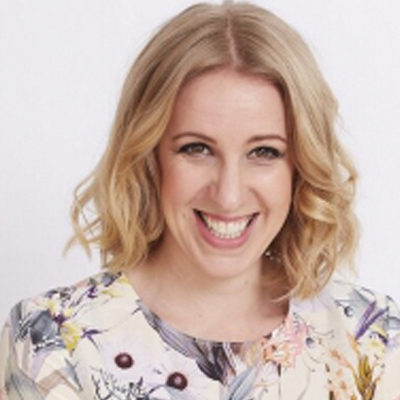
Maddy Biddulph is a freelance health and fitness journalist with over 26 years of experience working for consumer media in the US and UK. As a Level 3 personal trainer and weight loss advisor she is used to trying out and reviewing the latest health and fitness products. At Maddy Biddulph Personal Training, she runs one-to-one and small group sessions, as well as group exercise classes. She specializes in mobility work with seniors and runs regular chair workouts in her hometown of Oxford.










